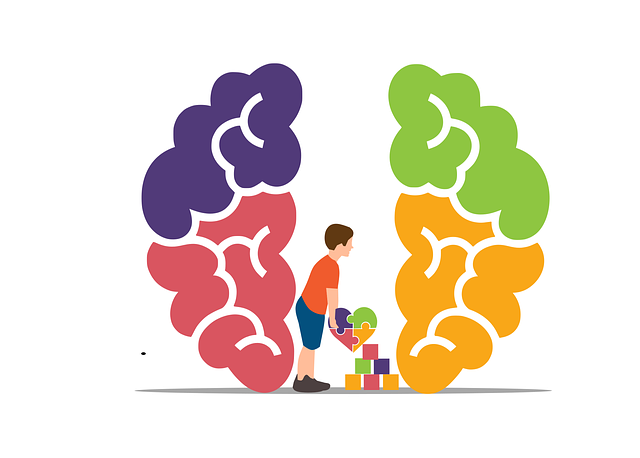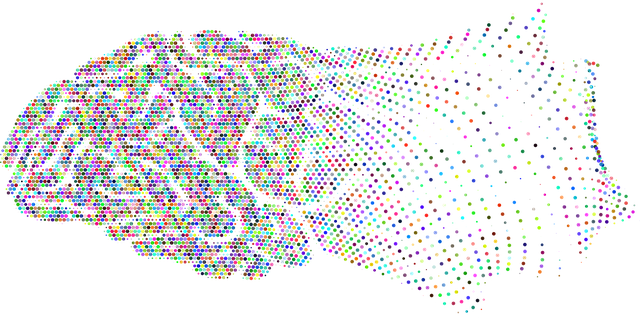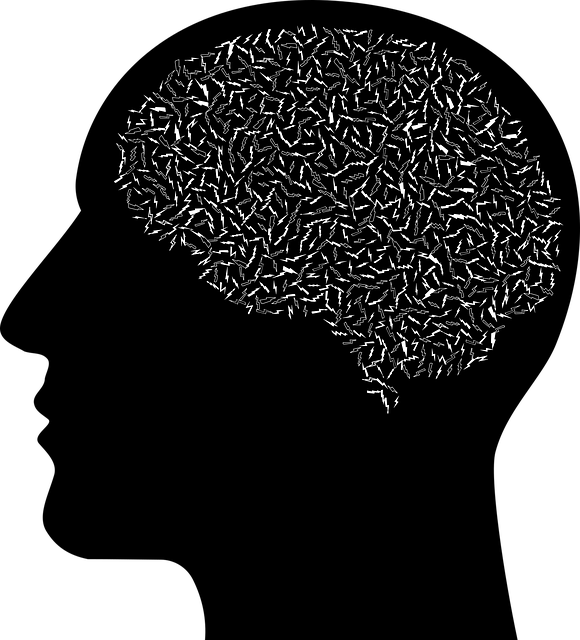Evaluating Centennial Chronic Pain Therapy (CCPT) programs requires a comprehensive approach combining quantitative and qualitative methods. Researchers measure effectiveness through pre-post assessments of anxiety levels and mental wellness, tracking changes like improved pain management. Qualitative feedback from surveys or focus groups provides deeper insights into participants' experiences, trauma support, and personal growth. This hybrid evaluation method ensures tailored interventions, fosters participant ownership, and optimizes health outcomes for chronic pain sufferers.
Evaluating mental wellness programs, especially those focused on chronic pain like Centennial Chronic Pain Therapy, requires a multifaceted approach. This article explores three key methods: assessing the impact of therapy programs, employing participatory evaluation techniques, and measuring success through both quantitative and qualitative means. By examining these strategies, we gain insights into the effectiveness of interventions designed to alleviate chronic pain and enhance mental wellness.
- Assessing the Impact of Centennial Chronic Pain Therapy Programs
- Participatory Methods for Mental Wellness Evaluation
- Measuring Success: Quantitative and Qualitative Approaches in Program Evaluation
Assessing the Impact of Centennial Chronic Pain Therapy Programs

Evaluating the impact of Centennial Chronic Pain Therapy (CCPT) programs is a multifaceted process that goes beyond measuring mere participation. These programs, grounded in Mind Over Matter principles, often integrate mental health education into their design to offer holistic relief from chronic pain. By assessing changes in participants’ levels of anxiety and overall mental wellness, researchers can gauge the effectiveness of CCPT interventions.
Effective evaluation methods for CCPT programs involve pre-post assessments, where individuals are evaluated before and after completing the therapy sessions. This approach allows for a detailed analysis of improvements in pain management skills, coping mechanisms, and changes in psychological well-being. Additionally, qualitative feedback from participants through surveys or interviews provides deeper insights into their experiences with anxiety relief and overall satisfaction with the program’s Mental Health Education components.
Participatory Methods for Mental Wellness Evaluation

In evaluating mental wellness programs, particularly those designed to address chronic pain and its associated challenges, participatory methods offer a valuable perspective. These approaches involve actively engaging program participants in the evaluation process, allowing for rich insights into their experiences, preferences, and perceptions. One such method is using focus groups where individuals with shared experiences, like those enrolled in Centennial Chronic Pain Therapy programs, can openly discuss their mental health journeys, treatment effectiveness, and suggestions for improvement. This collaborative approach not only ensures that the evaluation is culturally sensitive but also fosters a sense of ownership among participants.
Participatory methods are especially beneficial when combined with Mental Health Education Programs Design, as they can help tailor interventions to address specific needs like stress management and burnout prevention. By incorporating feedback from those directly impacted, program designers can create more effective and engaging initiatives that promote mental wellness. This collaborative evaluation process is essential in creating sustainable solutions for managing chronic pain and enhancing overall well-being, ultimately leading to better health outcomes.
Measuring Success: Quantitative and Qualitative Approaches in Program Evaluation

Evaluating the success of mental wellness programs, such as Centennial Chronic Pain Therapy, involves a blend of quantitative and qualitative methods. Quantitative approaches focus on measurable outcomes, tracking statistics like participant attendance, completion rates, and changes in symptom severity through surveys or standardized assessments. These data points provide a clear picture of the program’s reach and effectiveness on a large scale, for example, demonstrating improvements in pain management among chronic pain sufferers.
Qualitative methods, on the other hand, delve deeper into participants’ experiences and perceptions, offering insights into the program’s impact on their mental wellness journey. This includes gathering feedback through interviews or focus groups, exploring themes related to trauma support services, conflict resolution techniques, and personal growth. By combining quantitative and qualitative data, evaluators can gain a comprehensive understanding of the Centennial Chronic Pain Therapy program, identifying areas of strength and areas that require improvement for optimal participant outcomes.
The evaluation of mental wellness programs, particularly those offering Centennial Chronic Pain Therapy, is a multifaceted process. By combining quantitative data analysis with qualitative participant insights, we can comprehensively assess program effectiveness and identify areas for improvement. Participatory methods empower individuals to share their experiences, ensuring that program evaluations are not only data-driven but also human-centric. This holistic approach allows for the development of more tailored interventions, ultimately enhancing the overall mental wellness outcomes for those seeking relief from chronic pain.














